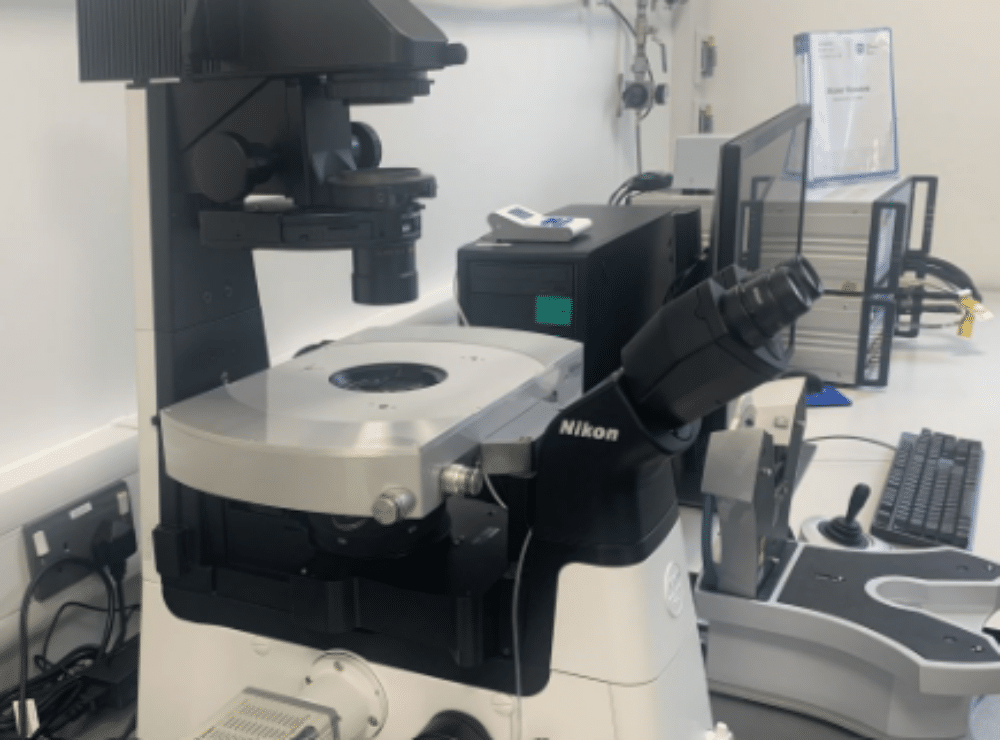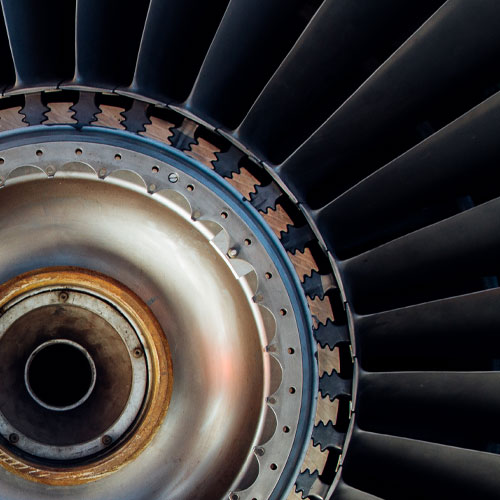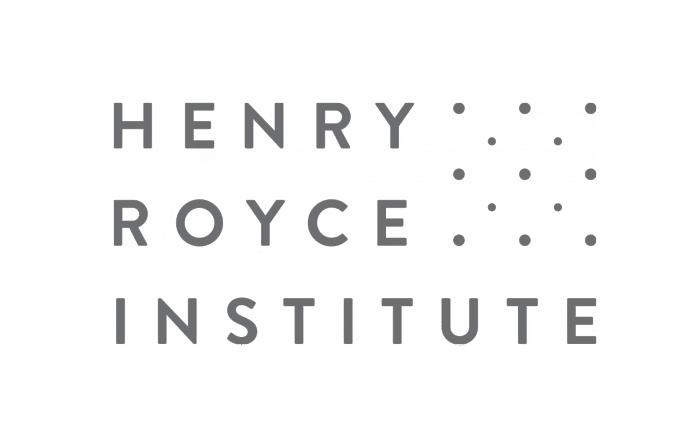This website uses cookies so that we can provide you with the best user experience possible. Cookie information is stored in your browser and performs functions such as recognising you when you return to our website and helping our team to understand which sections of the website you find most interesting and useful.
The Bruker BioScope Resolve is a high-resolution AFM that provides precise nanoscale imaging and mechanical measurements. It integrates with optical microscopes, supports imaging in liquid environments, and features a large scanner, making it ideal for advanced research on large soft matter samples, especially in cell biology, biophysics, and biomaterials.

- Partner:The University of Sheffield
- Facility:Royce Discovery Centre
- Availability:Available
Or call us now on 0161 275 8382
Detailed Description
Our Bruker Bioscope Resolve is a powerful bio-AFM, featuring the highest resolution imaging and most accurate and complete cell mechanics capabilities. Fast scanning is available with the large piezo scanner range on this platform, making it ideal for examining large objects such as cells and tissues. The integration of an inverted Nikon TI2 fluorescence microscope enables more comprehensive sample characterisation by simultaneous AFM and optical imaging. The long range fully motorised stage can accommodate sample substrates with various sizes and ensures easy sample access and navigation. Samples can also be in situ heated up to 60 ºC, which is essential for applications on living systems.
Max. sample size: Glass coverslips up to 75x25mm, plastic and glass bottom Petri dishes with 35 to 60mm diameter.
Max. size of a single scan: 100μm x 100μm with 15μm Z range.
Working environment: Air and liquid. Software controlled heating stage up to ~60ºC.
In-situ optics: Inverted Nikon TI2 fluorescence microscope; a top view camera for optical brightfield observation of opaque samples.
Imaging modes: Contact Mode, Tapping Mode, ScanAsyst, PeakForce QNM, Force Spectroscopy and Force Volume, MIRO View (i.e. semi-auto correlation with optical images), FastScanBIO and FastTapping, NanoLithography, Nanomanipulation.

